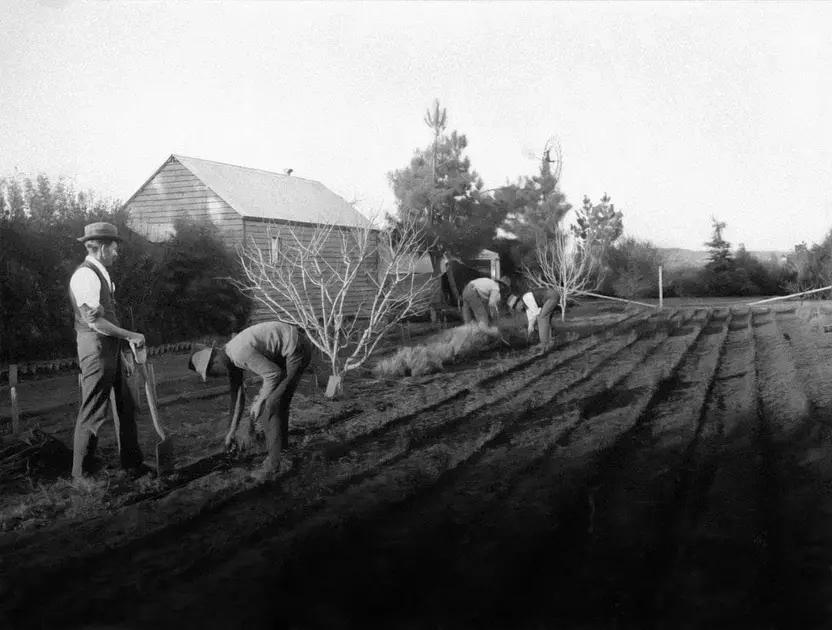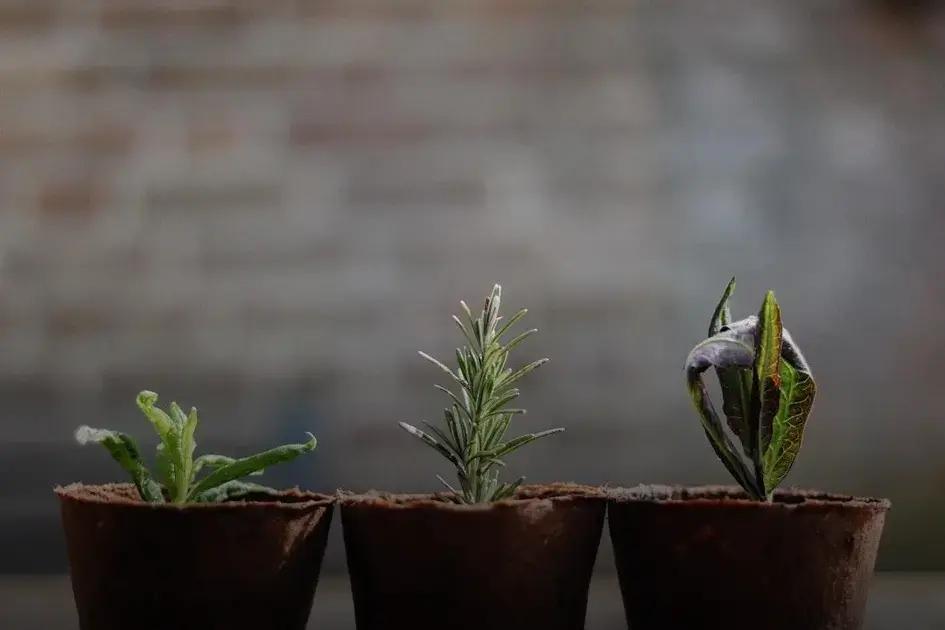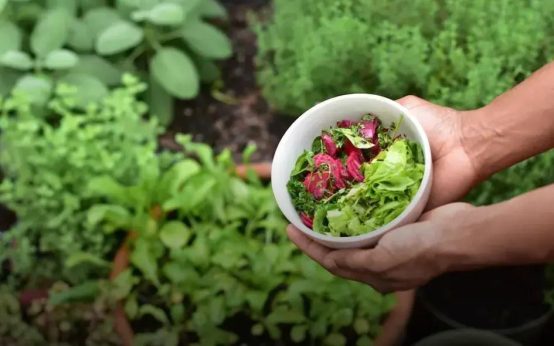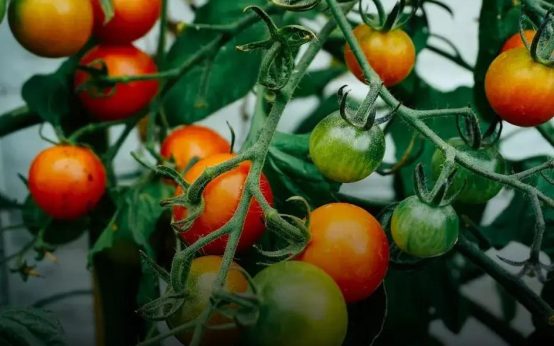Fertilizing your plants is crucial for healthy growth and vibrant blooms. Knowing when and how to apply nutrients can make all the difference. This guide explores when and how to fertilize your plants effectively, ensuring they thrive. Let’s dive into the essentials, from understanding plant nutrition to avoiding common pitfalls.
Understanding Plant Nutrition
Understanding plant nutrition is crucial for ensuring that your plants thrive. Plants require a variety of nutrients to grow, including macronutrients like nitrogen, phosphorus, and potassium, as well as micronutrients such as iron and magnesium. Each nutrient plays a specific role in plant health. For instance, nitrogen is essential for promoting leafy growth, while phosphorus supports root development and flower production. Potassium helps strengthen plants and improve their disease resistance.
When assessing your soil’s nutrient levels, it’s important to conduct regular soil tests. This will help you understand which nutrients are available and which may be lacking. These tests can guide you in choosing the right type of fertilizer to complement the existing soil nutrients.
Moreover, understanding the nutrient uptake process is vital. Plants absorb nutrients from the soil through their roots in a dissolved form. Therefore, maintaining proper soil pH is critical as it influences nutrient availability.
Soil pH
needs to be balanced; too acidic or too alkaline soil can lock up nutrients, making them unavailable to plants.
Choosing the Right Fertilizer

Choosing the right fertilizer for your plants can be a game-changer in their growth and health. It’s essential to select a type that matches the needs of your plants and the conditions in which they grow. Let’s delve into the main types of fertilizers you might consider.
Organic Fertilizers are derived from natural materials, such as compost, manure, or bone meal. They improve soil structure and increase its ability to hold water and nutrients. Because they release nutrients slowly, they provide a steady supply over time, which is ideal for long-term plant care.
Inorganic or Synthetic Fertilizers are chemically manufactured. They offer a quick burst of nutrients, making them perfect for plants that need an immediate boost. However, they must be used carefully to avoid burning plant roots.
If you’re growing specific plant types like roses or tomatoes, you can find fertilizers formulated specifically for their needs, often labeled as rose fertilizer or tomato feed. These contain a special balance of nutrients tailored for these plants.
To determine the right fertilizer, you also need to consider the N-P-K ratio. This ratio stands for nitrogen, phosphorus, and potassium, the three main nutrients required by plants. Nitrogen promotes leafy growth, phosphorus is essential for root and flower development, and potassium helps overall plant health.
Always check the soil and plant needs before applying any fertilizer. Soil tests can guide you in understanding what nutrients are lacking. Customize your approach by mixing different types of fertilizers to meet specific plant needs or address particular deficiencies found in your soil.
Timing Your Fertilization
One of the key factors to ensure your plants thrive is understanding when to fertilize them. Timing plays a crucial role in maximizing the benefits of fertilization. Most plants have distinct growing seasons, which are usually spring and early summer. During these periods, plants experience rapid growth and require more nutrients.
It’s essential to observe the specific needs of your plants and adjust your fertilization schedule accordingly. For outdoor plants, the best time to fertilize is typically in the early morning or late afternoon. This helps reduce evaporation and allows the fertilizer to penetrate the soil effectively without causing harm due to wet foliage.
For indoor plants, fertilization can vary depending on the plant species. However, a general rule of thumb is to fertilize less frequently in the winter when the growth tends to slow down. Plants in growth phases will need fertilization once every 2 to 4 weeks, but always check the specific requirements of each plant.
Avoid fertilizing during extreme weather conditions, such as heatwaves or freezing temperatures, as this might stress the plants. Plants that are newly planted or those that are dormant do not generally require immediate fertilization. Waiting until they show signs of new growth can yield better results.
By properly timing your fertilization routines and adapting to seasonal changes and plant-specific needs, you can ensure both healthier plants and a more flourishing garden.
Tips for Indoor Plants

Indoor plants can thrive with the right care, and understanding their specific needs is essential to keep them healthy and vibrant. Lighting and watering are crucial, but so is knowing when and how to fertilize them.
Indoor plants often need less fertilizer than outdoor plants. This is because they are not exposed to the same elements and their growth is usually slower. Choose a balanced fertilizer, such as a 10-10-10 or 20-20-20, that contains equal parts nitrogen, phosphorus, and potassium. You might consider using organic options like fish emulsion, which can be gentler on your plants.
During the growing season, typically spring and summer, fertilize your indoor plants every four to six weeks. In fall and winter, reduce the frequency, as most plants enter a dormant phase. Water the plants thoroughly before applying fertilizer to prevent roots from burning. Always follow the instructions on the fertilizer package to avoid over-fertilization.
If you notice poor plant growth, yellowing of leaves, or wilting, these could be signs of nutrient deficiency. In such cases, a more frequent fertilization schedule may be required. However, avoid randomly increasing fertilizer dosage, as this can harm your plant roots.
Each type of indoor plant may have unique fertilization needs. Some, like flowering plants, may require more frequent feeding, while others, like succulents, need less. Research the specific needs of your plants to provide them with the best care.
Avoiding Common Mistakes
In the journey of fertilizing your plants, certain pitfalls can hinder your success. Over-fertilization is a common error, leading to nutrient burn and damaging your plants’ roots. It’s crucial to read the instructions on your fertilizer and adhere to the recommended dosage. Too much of a good thing can indeed be harmful.
Another frequent mistake is incorrect timing. Fertilizing at the wrong time can result in wasted nutrients. Plants have specific growth phases, and recognizing these can help in better nutrient uptake. Generally, the growing season is ideal for fertilization.
Using the wrong type of fertilizer is also a typical mistake. Each plant has specific nutrient needs, and applying a general-purpose fertilizer may not always suffice. Always match your plant type with the correct fertilizer formulation.
It’s equally important to consider plant health. Fertilizing an unhealthy plant won’t magically restore it. Address any health issues before adding any nutrients, as this can sometimes exacerbate problems.
Lastly, many gardeners overlook the importance of soil pH. An imbalanced pH can lock up vital nutrients, making fertilizers ineffective. Testing soil pH and amending it accordingly can prevent such issues.


 Hosting a Garden Party: Decorate Naturally with Ease
Hosting a Garden Party: Decorate Naturally with Ease  Outdoor Lighting Ideas to Highlight Your Garden at Night
Outdoor Lighting Ideas to Highlight Your Garden at Night  Incorporating Water Features: Transform Your Garden Oasis
Incorporating Water Features: Transform Your Garden Oasis